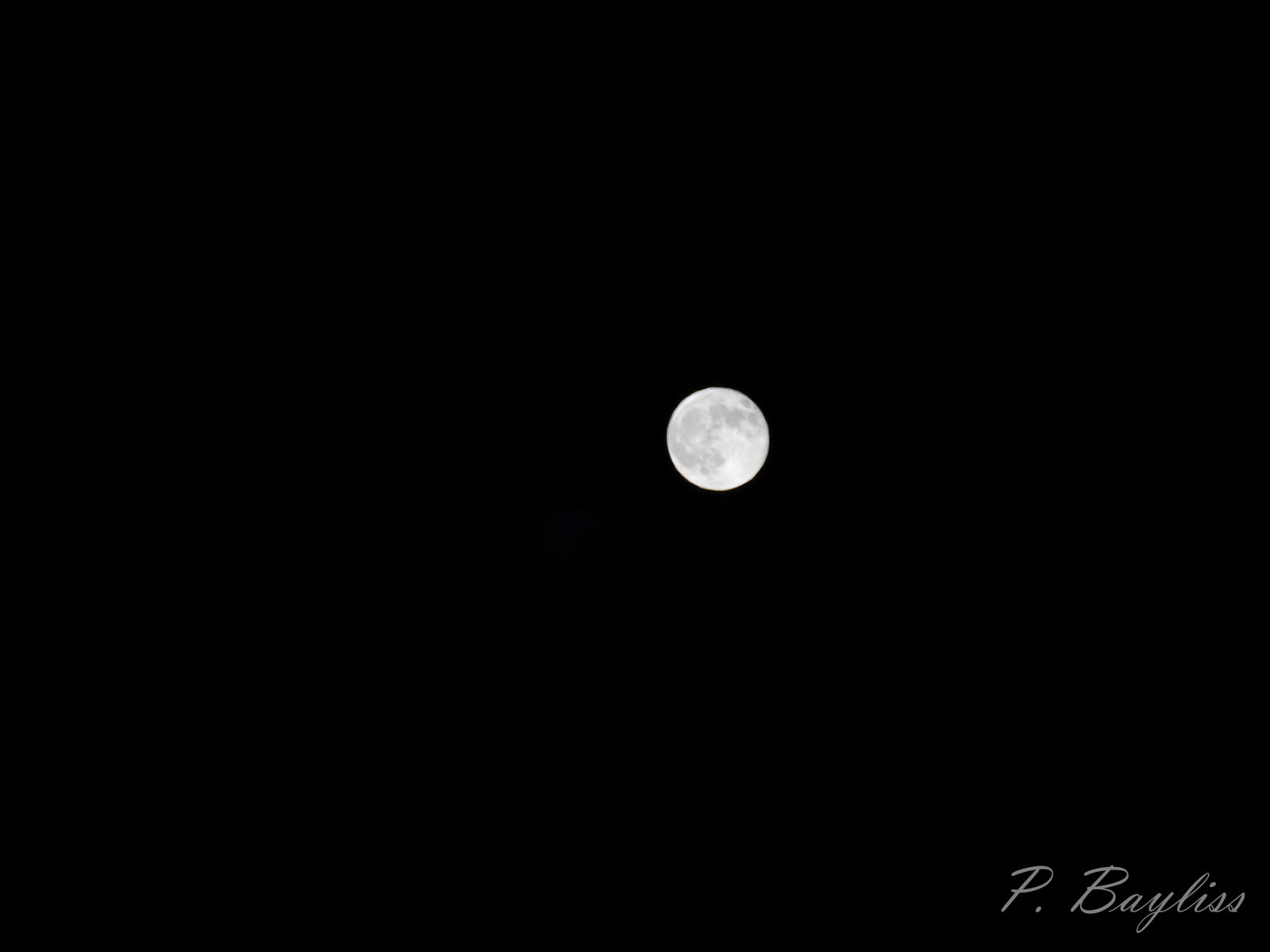The 21st January was a ‘super’ and blood’ moon, I went outside where it was −33 °C to take a few photos.
The moon follows an elliptical orbit around the Earth and a supermoon occurs when a full moon is visible and at it is closest to the earth in its orbit. The most common technical name is a perigean full moon. Perigee is name for the closest point to the earth, in an objects orbit of the earth. Another technical name is Perigee-syzygy, with Syzygy being the alignment of three celestial bodies.
To be considered a supermoon the centre of the Moon is less than 360,000 kilometers from the centre of Earth.
A supermoon appears 7% larger and 15% brighter than the average full moon.
A blood moon is a total lunar eclipse, when the earth is between the moon and sun. The red colour is the result of light refracted onto the moon by Earths atmosphere.
The sky was clear, but it was −33 °C, this meant I only had a limited time before my fingers and the camera battery would get too cold to function.



The photos were take close to where I am staying and working in Hetta, Finland.
To take the photos I used a tripod and manual control over the settings and focus.
As an amateur photographer and given the conditions I am very pleased with the photos.
For more information on the supermoon and lunar
The European Space Agency (ESA) have a web page: Total Lunare Eclipse 2019 on the moon and a video on lunar eclipse.
Two web pages on the supermoon by NASA: What is a Supermoon and NASA Space Place.

Leave a Reply